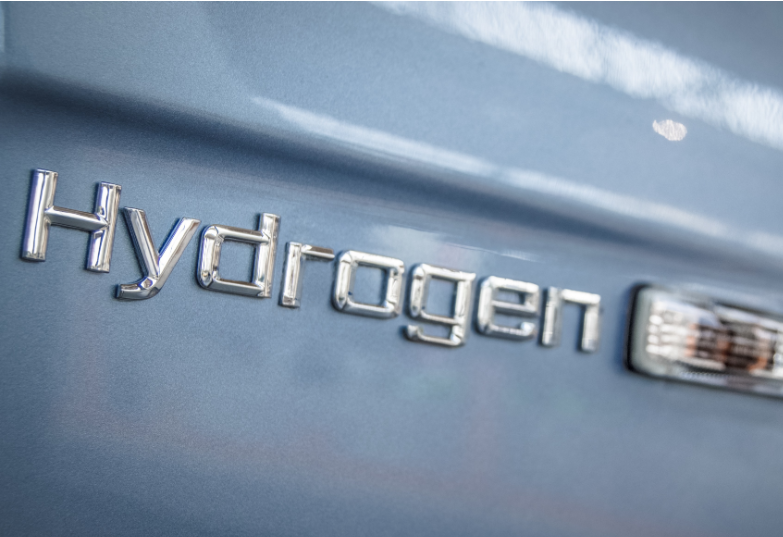
Employees from the U.S. Department of Energy's (DOE) Argonne National Laboratory have been recognized for developing and commercializing technology that lowers the cost and increases the efficiency of dispensing hydrogen at refueling stations, which could potentially lower hydrogen costs paid by fuel cell vehicle customers.
The Federal Laboratory Consortium (FLC) bestowed its Excellence in Technology Transfer award on the patented hydrogen refueling technology developed by Argonne researchers Amgad Elgowainy and Krishna Reddi. Argonne has transferred the technology to PDC Machines, a global compressor manufacturer, through a combination of mechanisms that include a Cooperative Research and Development Agreement and Technology Licensing Agreement. These technology transfer activities were coordinated by several members of Argonne's business development team, with support from Argonne research engineer Munidhar Biruduganti.
"The refueling station by itself is roughly half of the cost that customers pay at the dispenser and roughly half of the refueling station equipment cost comes from the compressor."
-- Amgad Elgowainy, Argonne researcher
Refueling station cost is barrier to hydrogen fuel adoption
The Argonne researchers developed the technology to address a barrier to wider hydrogen fuel adoption -- the high cost of deploying and operating a hydrogen refueling station.
"The refueling station itself is roughly half of the cost that customers pay at the dispenser and roughly half of the station equipment cost comes from the compressor," Elgowainy said.
Elgowainy and fellow collaborators investigated ways to reduce station equipment cost by targeting the hydrogen compressor, a particularly high-ticket item. Researchers found that compressors, despite each costing $500,000 or more, operate inefficiently. Compressors are oversized to meet demand during peak fueling hours; during off-peak hours they remain mostly idle, operating well below full capacity.
"You don't want your major capital investment, this big cost item, to be sitting underutilized," Elgowainy said. "We tried to see how we could overcome that dilemma while increasing the fueling capacity of the compressor, which can have an impact on the bottom line hydrogen cost for fuel cell vehicle customers."
Increasing the pressure to reduce the cost
The team's solution is "pressure consolidation" technology that increases the fueling capacity of the compressor by supplying it with a high-pressure stream of hydrogen. The team's solution takes advantage of the compressor's basic working principles and the typical hourly refueling station demand.
Stations traditionally use a hydrogen supply storage system -- onsite stationary storage or onboard a delivered tube-trailer -- to store the hydrogen that ultimately supplies the compressor. When a vehicle arrives to refuel, hydrogen leaves the supply storage and enters the compressor to be pressurized before delivery to the dispenser and into the vehicle.
Through the course of the day, pressure within the supply storage drops as more and more hydrogen is dispensed. "As the pressure drops, the density of the gas entering the compressor also drops, lowering compressor throughput," Reddi said.
The team's technology consolidates the pressure of the hydrogen in the supply storage vessels during periods of low fueling demand. When demand goes back up, the compressor receives a high-pressure stream of hydrogen, enabling compressor throughput to remain high and increasing the station's capacity to sustain a high fueling rate during peak demand periods.
"The high supply pressure is really the key here," Elgowainy said. "When you supply the compressor with a high-pressure gas, its throughput increases proportionally. Double the pressure, double the throughput. Triple the pressure, triple the throughput."
The patented pressure consolidation technology offers refueling station operators a savings of up to 30 percent on their equipment costs by minimizing the amount of time the compressor remains idle. The technology also maximizes fuel transfer from the tube-trailer by more than 20 percent.
"This technology has the potential to disrupt a consumer's fuel choice," Biruduganti said. "The hydrogen economy offers excellent alternatives."